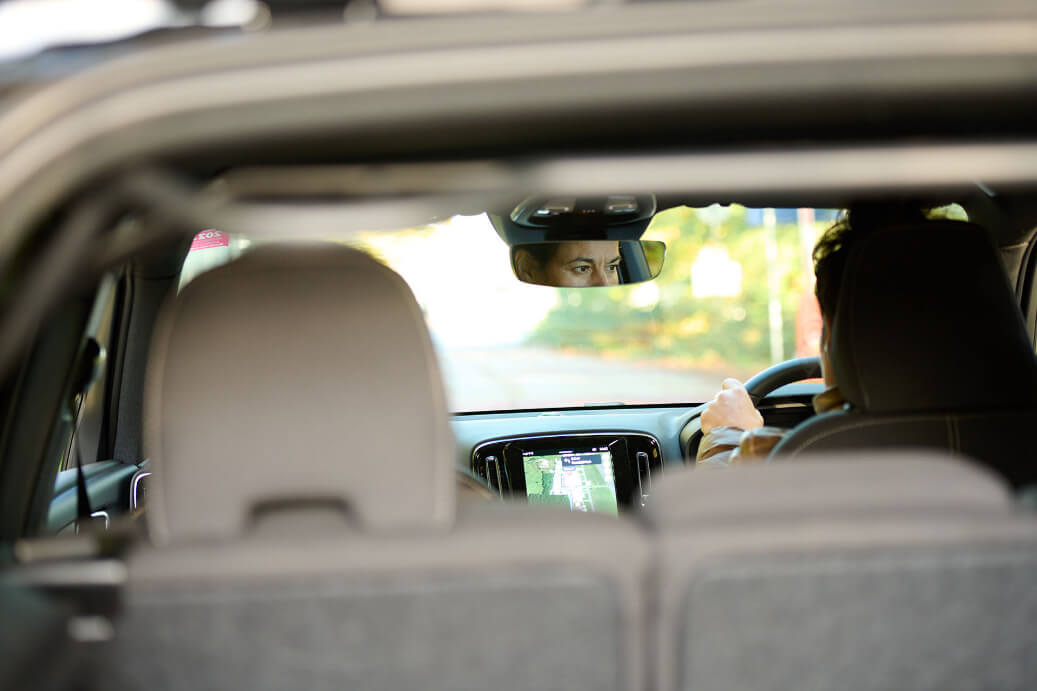Here and now
Health and Safety law states, unambiguously, that you need to assess the risk of everyone who drives for work. It explicitly highlights people who drive their own vehicle for work and those in the gig economy.
What’s more, once a risk is assessed, an employer must do everything ‘reasonably practicable’ to protect people from harm. This risk mitigation might be by updating policies and procedures or through on-road driver training, awareness workshops or online learning.
Today’s online assessments are quick and easy to complete but only look at self-reported driver history and behaviour. That’s why drivers are typically grouped into high, medium or low-risk exposure categories, with usually only high-risk drivers getting on-road training.
While this is better than the ‘sheep dip’ training approach where one size fits all, this approach often assumes all high-risk drivers are the same. And clearly, they aren’t.
Data informs the training need
Data on each driver can come from many sources. Most are static and historical, such as driver licence offences, insurance and expense claims. All are useful and can build up an individual driver’s profile. But none of these sources truly offer a genuine insight into a driver’s actual behaviour behind the wheel until now.
Smartphones open up new possibilities
Today, smartphone-based driver behaviour Apps, such as “My Driver App”, provide an understanding of the driver as if they are looking through the windscreen rather than the rear-view mirror. Without the need to be plugged into the vehicle’s engine management system, Apps can track and transmit data on the driver’s acceleration, braking, cornering, speeding and even distraction, in near real-time. When collected, analysed, and interpreted, this data gives a real insight into the driver’s ACTUAL behaviour.
Dynamic driver profiles
Additionally, training can be personalised by collecting real-time ‘telematics’ information and then determining what it means. This knowledge will identify the driver’s core training needs. As a result, the effectiveness of the training will be enhanced, behaviours are more likely to be changed, and the customer will get a better return on their training investment.
Preventing collisions from happening
Data can also identify collision or behavioural trends across departments or the business as a whole. It even helps to find out which driving behaviours are more likely than others to result in a collision or crash. As a result, training can be identified and delivered before a collision takes place
This approach mirrors the motor manufacturers investment in advanced driver-assistance systems (ADAS), which focus on collision avoidance rather than crash survival; prevention rather than cure.
Data can help managers of fleets make a real difference by saving lives and unnecessary costs while keeping their drivers legal and compliant through behaviour change – an appropriate implementation of the employer’s ‘duty of care’.
